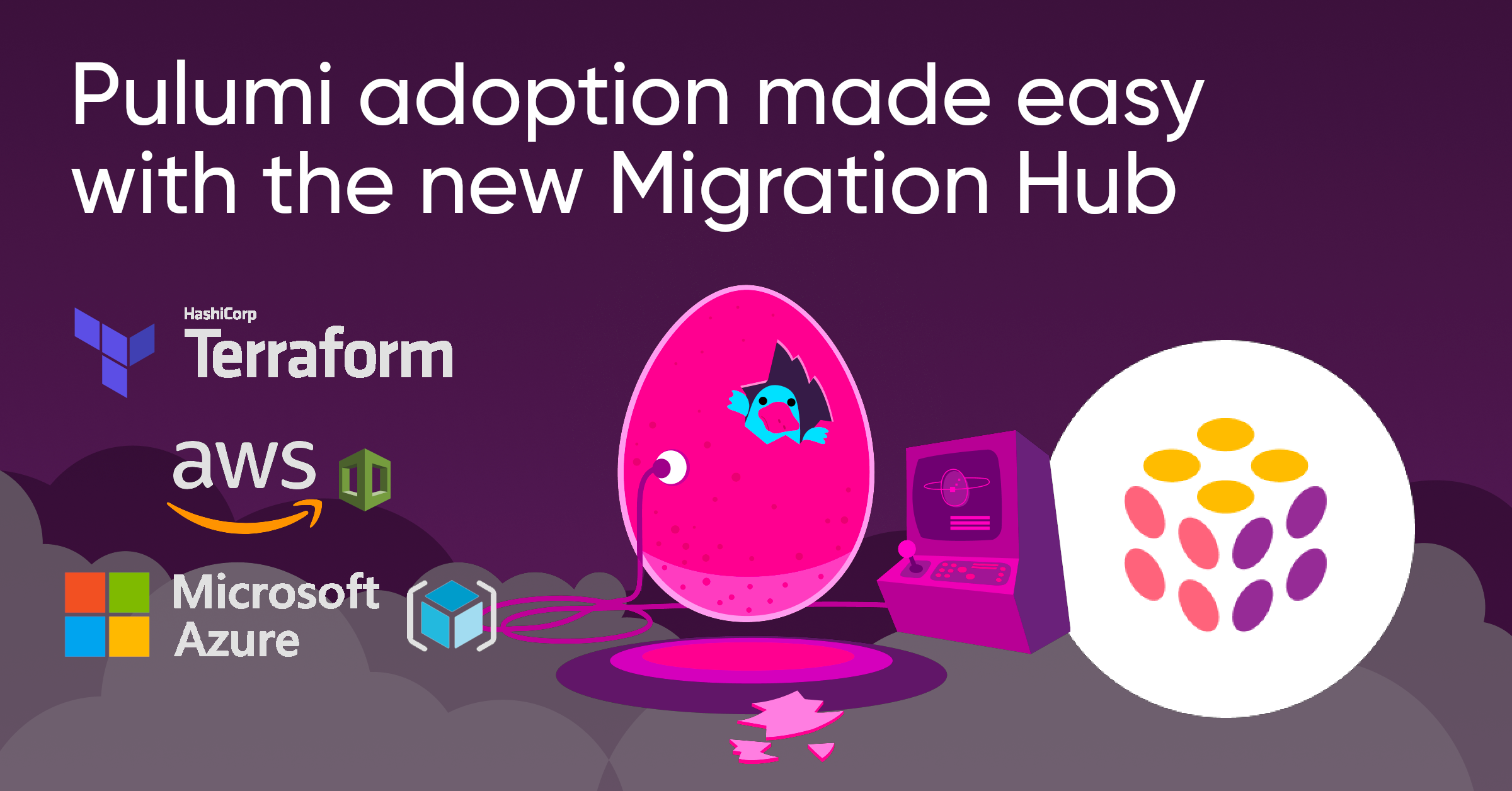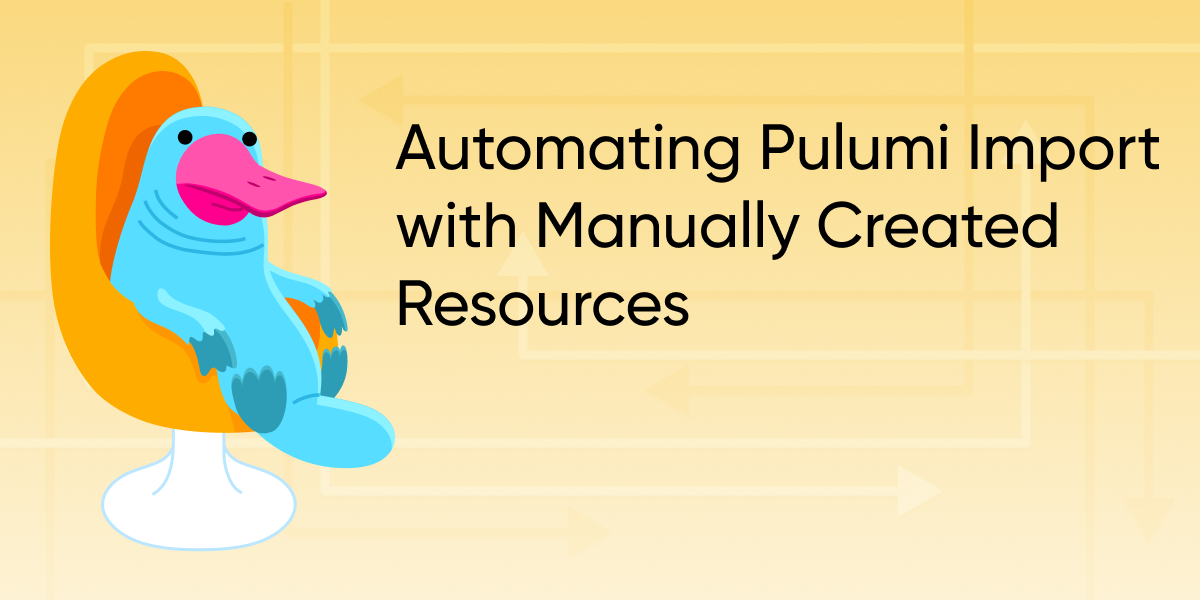Go from Cloud to Code in Minutes with Visual Import

Pulumi is excited to announce the release of Visual Import, a new feature that transforms the way platform teams onboard existing cloud infrastructure into Pulumi. With Visual Import, you can discover unmanaged cloud resources across your organization, organize them into logical units, and instantly generate high-quality Pulumi code—with AI enhancements built in.
Visual Import is now available for all Team, Enterprise and Business Critical customers with Pulumi Insights enabled.
Modern Infrastructure, Codified Faster
One of the biggest challenges platform teams face when adopting infrastructure as code is migrating existing cloud deployments. Legacy scripts, manual configurations, and scattered resource ownership all slow down progress. Visual Import solves this by making the journey from cloud to code seamless and intuitive.




